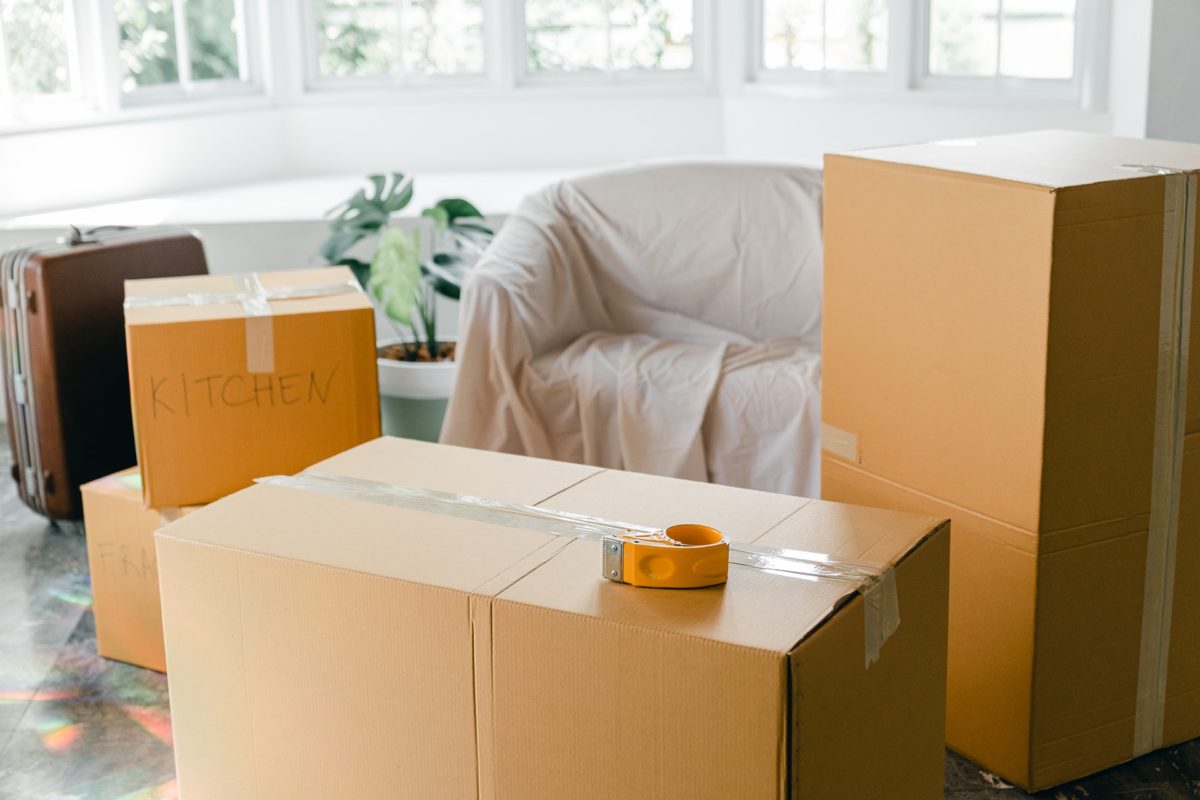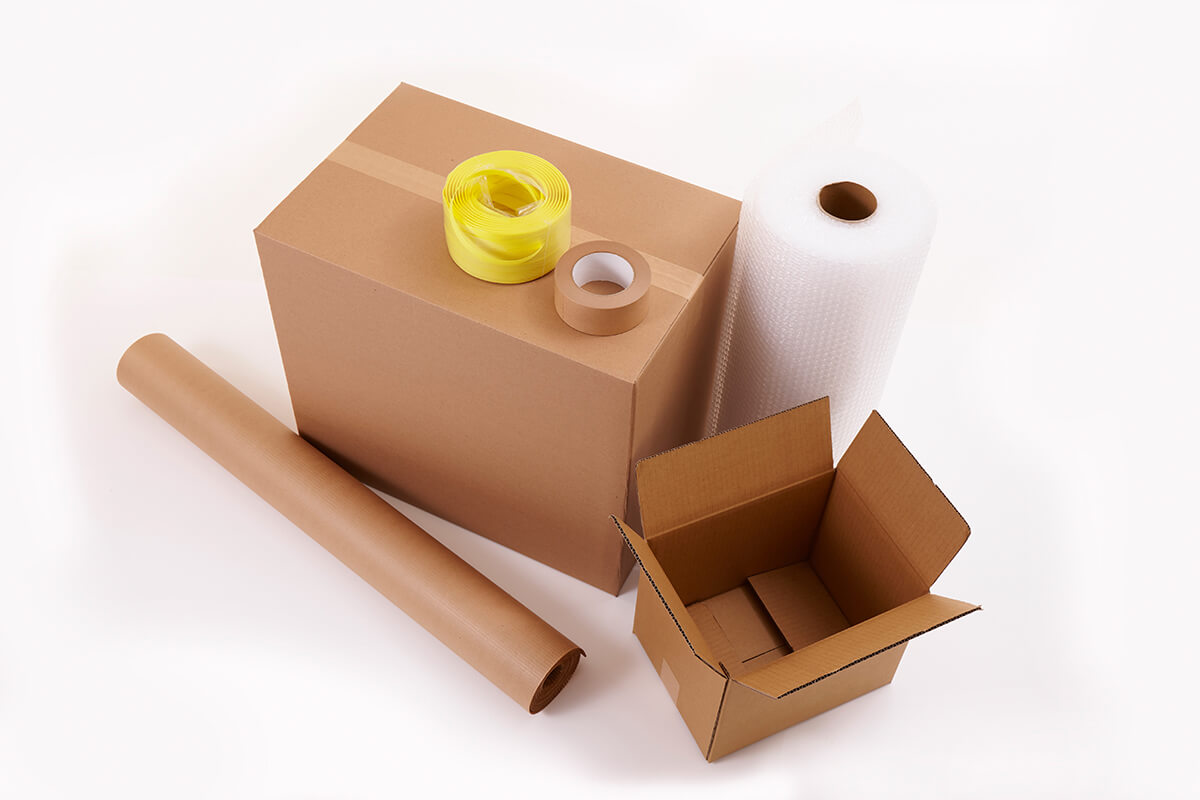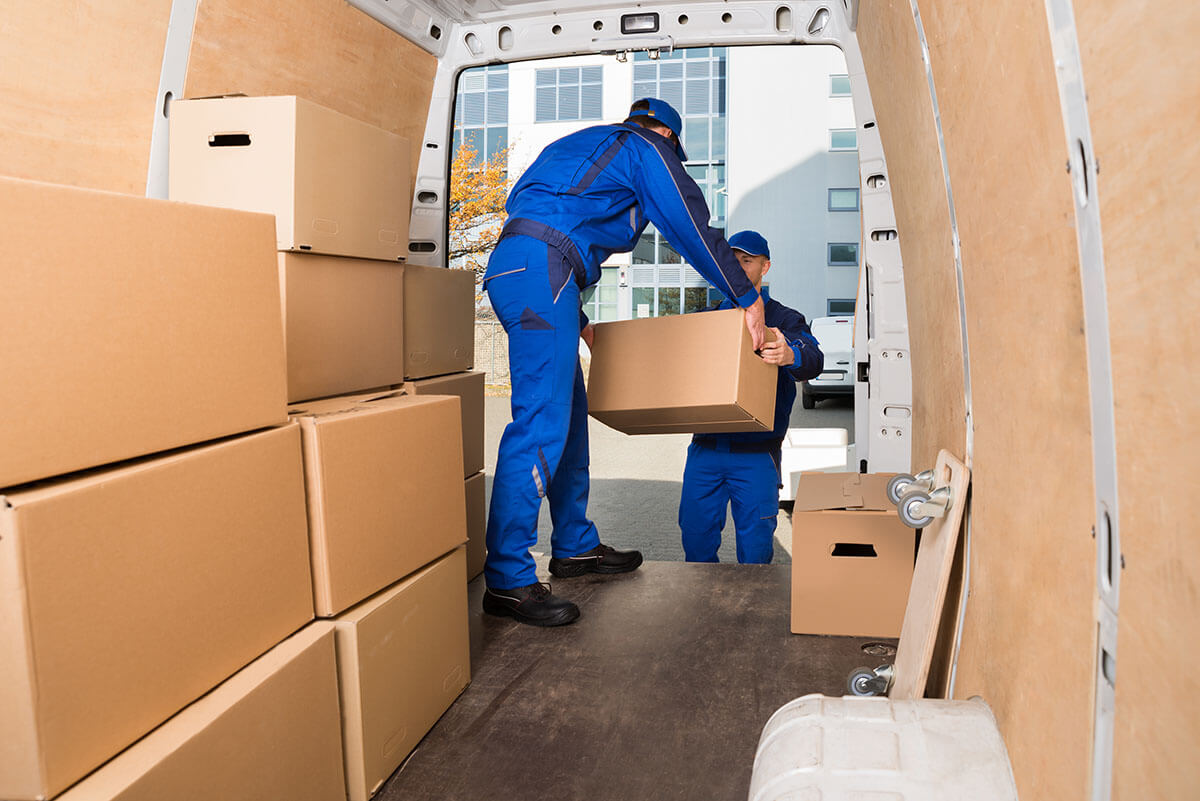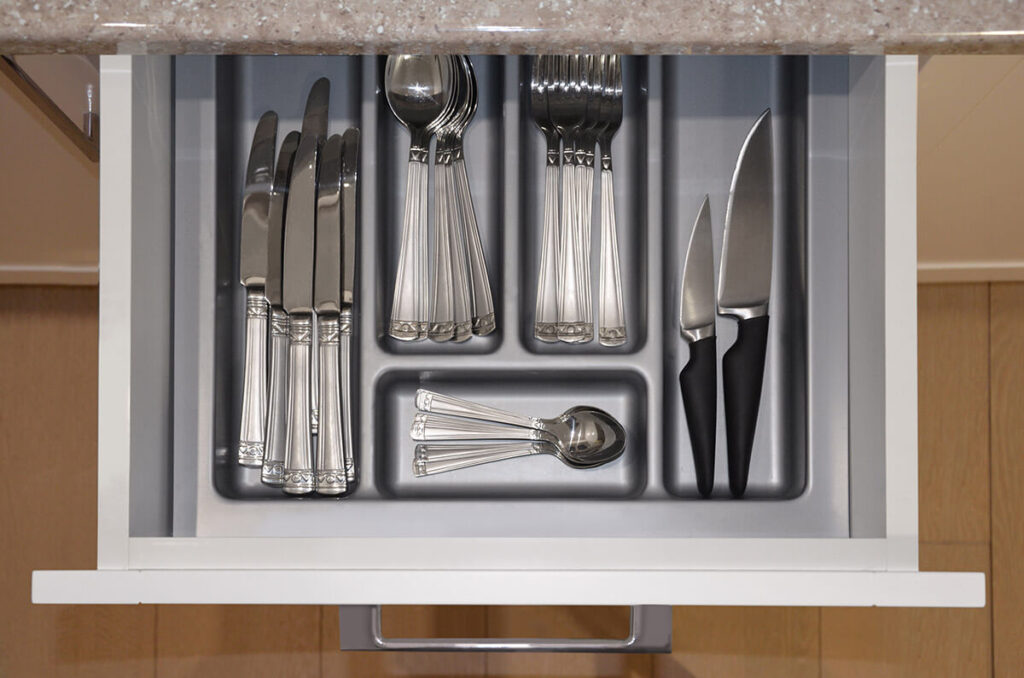Transporting valuable artworks can be a nerve-wracking task, with the risk of damage or deterioration always looming. Whether you’re a collector, gallery owner, or an artist, this guide on how to pack paintings will help you out. From selecting the right materials and techniques to understanding the principles of art conservation, we’ll set you on a journey of how to pack framed art for moving.


How to Pack Paintings for Moving 101
Packing paintings for safe transportation involves wrapping them in acid-free paper or glassine, using bubble wrap for added protection, and placing them in sturdy boxes or custom art crates. It’s essential to separate and cushion multiple paintings within a box. Climate control and careful handling are crucial, especially for antique or valuable artwork. Adequate planning, documentation, and insurance are vital, as is compliance with customs regulations for high-value pieces. Proper unpacking and inspection upon arrival ensure any damage is promptly addressed.
Understanding the Risks Paintings Face During Transportation
In the realm of art transportation, understanding the risks that paintings face during transit is paramount to ensuring their safe arrival at their new home. Common risks such as abrupt temperature changes, moisture exposure, and the potential for physical damage are ever-present threats that demand meticulous consideration. Temperature fluctuations can cause paint to expand and contract, leading to cracking or warping, while moisture can lead to mold growth or paint deterioration.
Moreover, physical damage can result from various relocation mistakes such as mishandling, inadequate packaging, or even accidents during transport.
Equally important is recognizing that each painting possesses its own set of vulnerabilities, influenced by factors like age, materials used, and frame type.
An antique oil painting may require different precautions than a contemporary acrylic work.
By acknowledging and assessing these unique characteristics, one can tailor the packing and transportation process to suit each artwork’s specific needs, ultimately safeguarding the integrity and longevity of these cherished creations.


Essential Materials for Packing Paintings
When it comes to protective packing for paintings, having the right materials at your disposal is crucial to preserving their condition and preventing damage. A comprehensive list of essential materials includes acid-free paper, bubble wrap, sturdy boxes, cardboard corner protectors, packing tape, and glassine paper. Acid-free paper and glassine paper act as protective layers that shield the artwork from direct contact with other materials and help prevent moisture buildup.
Bubble wrap provides cushioning and shock absorption, while sturdy, appropriately-sized boxes ensure that the painting remains securely in place during transit. Additionally, cardboard corner protectors help safeguard the delicate corners of frames from potential dings or impacts. Selecting the right materials is just the first step – the quality of these materials is equally important to ensure maximum protection for the valuable artwork.
Tips on Selecting High-Quality Packing Materials That Offer the Best Protection
When choosing packing materials for precious paintings, it’s essential to prioritize quality to guarantee the best protection during transportation. First and foremost, opt for acid-free paper and glassine paper, as these materials are pH-neutral and won’t leach harmful chemicals onto artwork over time. When it comes to bubble wrap, look for thicker, industrial-grade versions that offer superior cushioning and shock absorption capabilities.
Boxes you use should be made from durable, double-walled cardboard, and they should be appropriately sized to snugly fit the artwork without excessive room for movement. Ensure that the packing tape is strong and reliable, as it will play a critical role in securely sealing the package.
Lastly, always choose materials that are specifically designed for artwork packaging and conservation, as they are more likely to meet the high standards required for safely transporting valuable paintings. Investing in top-quality materials is a small price to pay for the peace of mind that the artwork will arrive at its destination unscathed.


Step-By-Step Guide to Packing Paintings
When it comes to how to pack art for moving abroad, meticulous care and attention to detail are crucial to ensure the artwork’s safety and preservation throughout the journey. The following step-by-step instructions provide a comprehensive guide for packing paintings securely:
- Cleaning and preparing the painting – Begin by inspecting the artwork for dust or dirt and gently cleaning the surface with a soft brush or microfiber cloth if necessary. Ensure the painting is completely dry before packing to prevent moisture damage.
- Wrapping techniques for different types of paintings – Depending on the painting’s medium, size, and fragility, employ suitable wrapping techniques. Cover the artwork with acid-free paper or glassine paper, securing it in place with the artist’s tape. For oil or acrylic paintings, you can add a layer of bubble wrap for extra protection, but avoid direct contact with the painted surface. For canvases with protruding elements like impasto textures, use additional padding and soft foam to safeguard these areas.
- Securing the painting in a custom-fitted box – Place the wrapped painting in a sturdy, custom-fitted box with minimal extra space. Ensure the artwork remains centered and doesn’t touch the box’s sides. Fill any voids with packing material to prevent movement during transit. Seal the box securely with high-quality packing tape, reinforcing corners and seams.
- Special considerations for oversized or unusually shaped paintings – For oversized or unusually shaped paintings, such as sculptures or multi-panel artworks, it’s essential to build a custom crate. Construct the crate with strong, double-walled plywood and add shock-absorbing padding inside. Secure the artwork within the crate, ensuring it doesn’t touch the crate’s interior walls. Seal the crate and label it with appropriate handling instructions.
Use Custom Crating Solutions for High-Value Artwork
When it comes to safeguarding high-value or exceptionally delicate paintings during transportation, custom crating solutions emerge as an indispensable asset. These specialized crates offer an extra layer of protection and security when it comes to fine art shipping and handling. The benefits of utilizing custom crates extend far beyond the realm of traditional packaging, as they are precisely tailored to fit the artwork’s dimensions and specifications.
By providing a snug and secure enclosure, custom crates minimize the risk of movement, vibrations, and shocks during transit, ultimately mitigating the potential for damage. Additionally, they offer climate-controlled art transport, maintaining optimal environmental conditions for the artwork, especially during long journeys or shipping overseas. Choosing custom crating solutions is a strategic investment that provides peace of mind and reassurance, knowing that valuable art pieces are in the best possible hands.
How to Work With Moving Experts to Design and Create Custom Crating Solutions
Creating custom crating solutions for high-value artwork requires a collaborative partnership with seasoned moving professionals who specialize in art transportation. The process begins with a consultation and assessment, during which these experts will thoroughly evaluate the artwork’s unique needs. They consider factors such as the artwork’s size, weight, fragility, and any specific environmental requirements it may have.
Together with the movers, you’ll work on designing a custom crate tailored precisely to the artwork’s dimensions and characteristics. They will recommend appropriate materials, typically opting for double-walled plywood to ensure maximum protection and minimize relocation stress. If the artwork demands climate control, options such as moisture barriers or temperature-regulated crates will be discussed to maintain the ideal conditions for preservation.
To further safeguard the artwork, the experts will incorporate shock-absorbing padding and cushioning inside the custom crate, minimizing the impact of vibrations and bumps during transit. Proper documentation and labeling will be applied for easy identification and clear handling instructions during transportation. Before shipping, a thorough testing and inspection process will be conducted to verify the crate’s integrity and its protective capabilities.


Navigating Customs and Insurance for International Art Moves
Navigating customs and moving insurance is paramount in international art transportation. Adhering to customs regulations, which often involve certificates of authenticity and provenance records, is crucial to ensure lawful movement. Simultaneously, obtaining comprehensive art insurance for moving overseas tailored to the artwork’s value is essential. This insurance safeguards against potential damage, loss, or theft during transit, offering peace of mind to artists, collectors, and galleries. Balancing compliance with customs regulations and securing adequate insurance is the foundation of a successful and secure move abroad.
How to Accurately Declare the Value of the Painting for Customs and Insurance Purposes
Accurate valuation of artworks is pivotal for both customs declaration and insurance purposes. To achieve precise valuation, it is advisable to collaborate with a professional appraiser. These experts can assess the fair market value of artworks, ensuring they are properly declared to customs authorities and accurately insured. This step not only streamlines the customs clearance process but also guarantees that the insurance coverage adequately reflects the actual value of the art.


Choosing the Right Moving Company for Art
When it comes to choosing a moving company for the safe transportation of art, meticulous consideration is essential, especially when the move involves international boundaries. Look for an international moving company with a strong reputation and a proven track record in artwork transportation services. Assess their experience, secure packing techniques for art, insurance offerings, and their ability to maintain transparent and reliable communication throughout the entire international transportation process.
Check if an overseas moving company is legitimate and read their reviews on sites like the Better Business Bureau. Another way of finding reliable relocation companies is by asking for company recommendations. Prioritizing these factors ensures that all precious paintings are in the hands of professionals who can guarantee their safe move.
Questions to Ask Potential Movers About Their Experience With Art Transportation
To gauge an overseas shipping company’s expertise in art transportation, ask specific questions about their experience. Inquire about their past art-related projects, including any international and overseas moves. Seek details about the training and qualifications of their staff, particularly those responsible for handling and packing artworks.
Also, request references from previous clients who have entrusted them with valuable artworks and fragile items. This thorough assessment helps ensure that you entrust paintings to professionals who understand the intricacies of art transportation.
The Benefits of Using Professional Art Movers Versus General Moving Services
Art movers possess specialized knowledge and equipment for handling delicate and valuable artworks. And, while these art relocation specialists understand the nuances of packaging, climate control, and secure transportation specific to the art world, reliable relocation companies such as Sunset International Shipping can also handle your prized possessions. Hiring professional movers for their packing services and moving services will also ensure the safe transport of all your belongings.


The Key Elements of Successful International Art Transportation
In conclusion, successfully transporting art internationally requires meticulous planning, compliance with customs regulations, comprehensive insurance coverage, and the expertise of international art movers. By carefully navigating these aspects, artists, collectors, and galleries can ensure the safe and secure transportation of their valuable artworks, preserving their integrity and value.
If you want to have a smooth relocation process, make sure to contact us at Sunset International Shipping and allow us to transport your painting collection along with other belongings by sea or by air freight. Just sit back and relax, knowing your valuables will arrive without a scratch.
FAQ
Pack both oil and acrylic pieces similarly – wrap them in acid-free paper or glassine, add padding if needed, and place them in sturdy boxes.
Yes, you can, but ensure they are separated and adequately protected with materials like bubble wrap to prevent contact and potential damage.
Maintain stable temperature and humidity levels, avoiding extreme conditions, and protect from direct sunlight, moisture, and fluctuations.
Use custom crates, hire professionals, and obtain proper insurance for added protection during transport.
Document the damage, contact the moving company, and notify the insurance provider to initiate a claim.
Customs may require additional documentation or appraisals for valuable art, so consult with experts to ensure compliance.
Start planning the move several weeks to months ahead, especially for international moves. This will allow you time to coordinate and prepare for the relocation.







